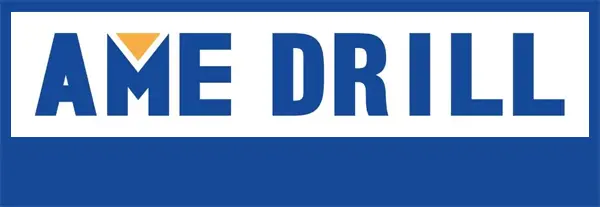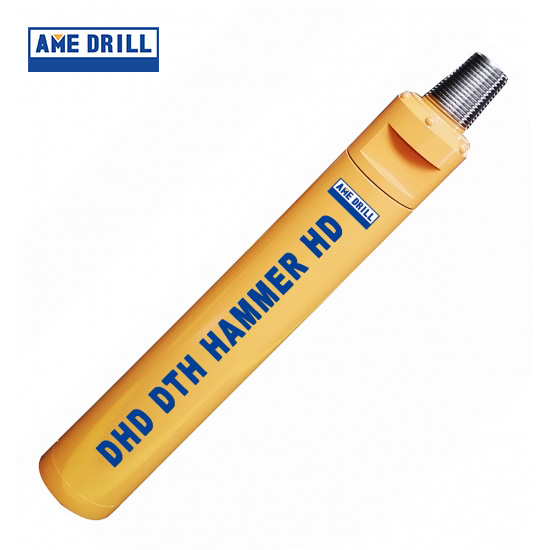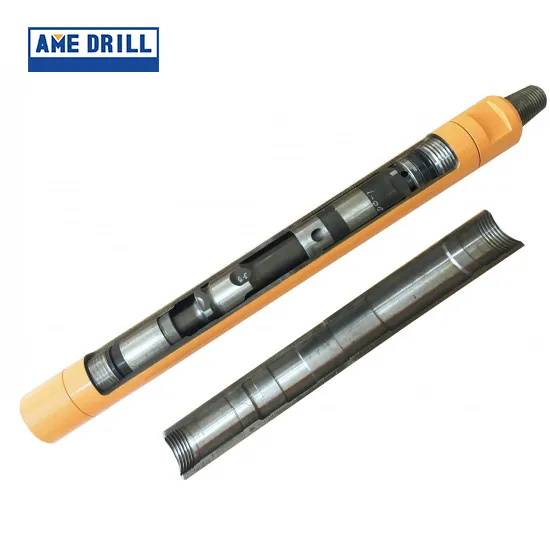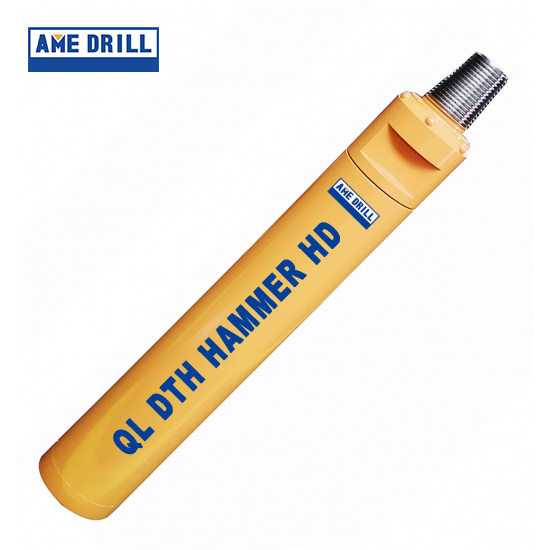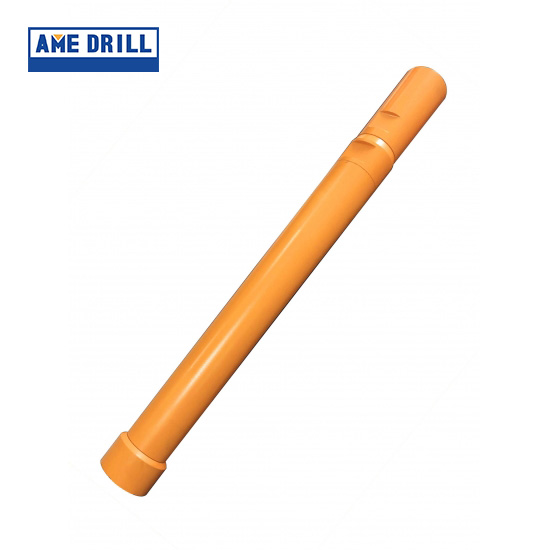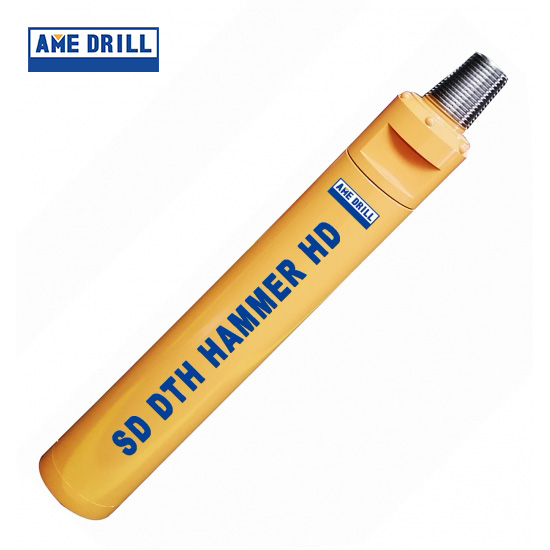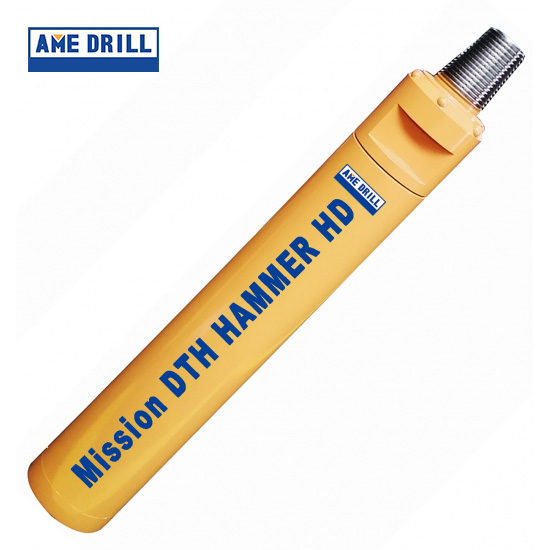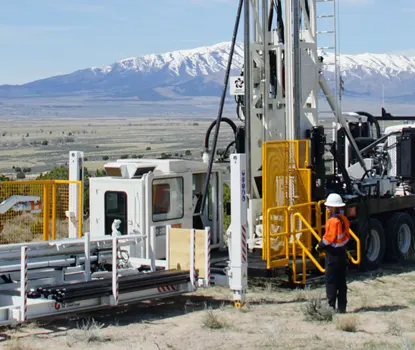Introduction
When it comes to drilling through hard rock, few technologies have proven as effective as the Down the Hole hammer. Unlike top-hammer drills, where the impact energy has to travel down the drill string (losing much of its strength), a DTH hammer places the percussion mechanism right behind the drill bit. This results in higher efficiency, straighter holes, and better energy transfer.
In this article, we’ll take a deep dive into how a down-the-hole hammer works, explore its components, operating principles, performance advantages, and practical applications. By the end, you’ll not only understand the theory but also the engineering value it brings to mining, construction, and water well drilling.
Recommended products
A Brief History of DTH Technology
The concept of placing the percussion mechanism at the bottom was pioneered in the early 1950s. Early inventions came from companies like Stenuick Frères et Ingersoll Rand, who independently introduced air-driven down-the-hole hammers.
Since then, the technology has evolved significantly:
- Air-powered DTH hammers became the global standard for mining and construction.
- Water-powered hammers were later introduced to minimize dust, noise, and improve environmental performance.
- Mud hammers emerged as a solution for oil and gas drilling in over-pressured or unstable formations.
Anatomy of a DTH Hammer
At its core, a Marteau DTH is a compact, robust percussion system located just above the drill bit. Its main components include:
- Hammer Body – The cylindrical housing that contains the piston and guides the impact mechanism.
- Piston – A heavy, fast-moving component that delivers direct strikes to the drill bit.
- Valve / Air Distributor – Controls compressed air (or water/mud) flow, ensuring the piston moves up and down in a cycle.
- Drill Bit – The cutting element (often with tungsten carbide buttons) that fractures the rock.
- Shank Adapter / Chuck – Transfers the hammer’s energy into the bit while allowing bit replacement.
- Air Passages / Flushing Channels – Carry compressed air or fluid to remove rock cuttings from the borehole.
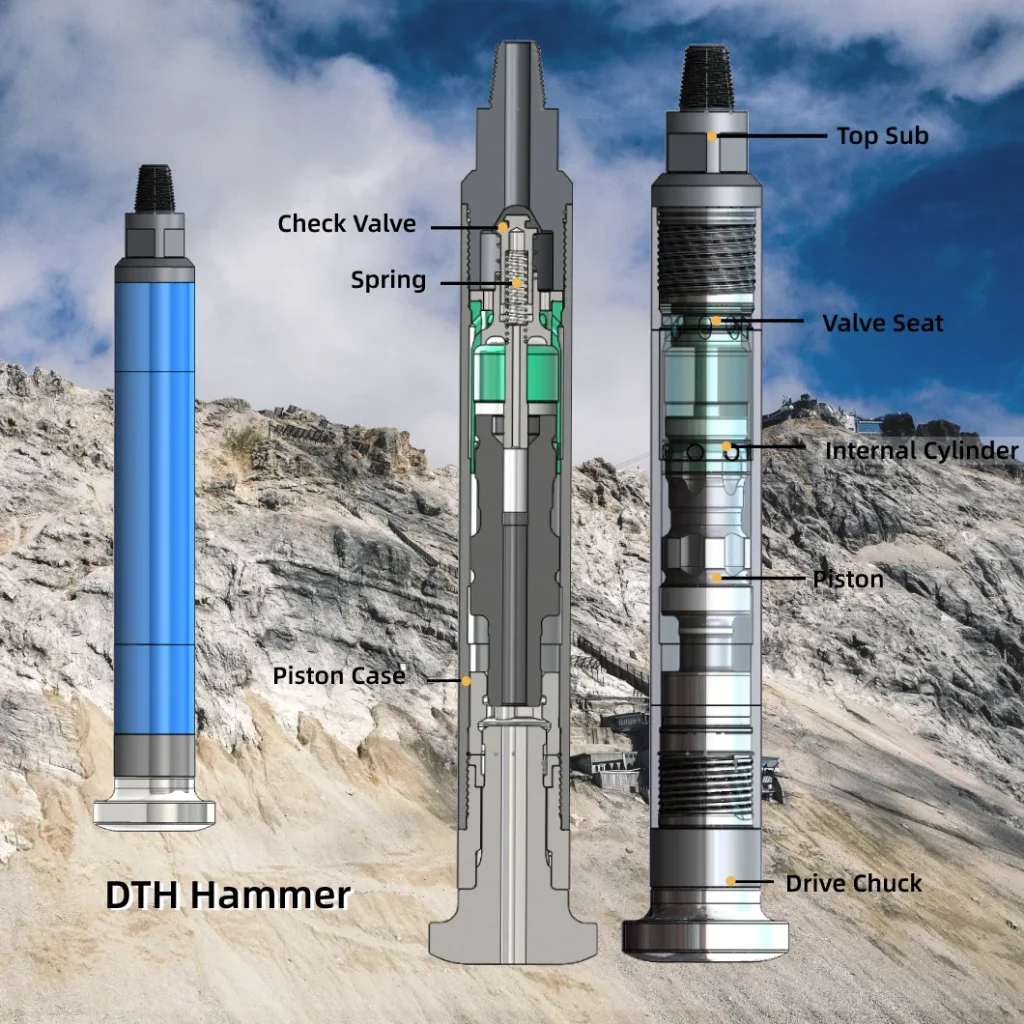
📷 [Insert schematic diagram of DTH hammer showing piston, valve, drill bit, and airflow cycle.]
The Working Principle – Step by Step
The magic of the DTH hammer lies in its reciprocating piston mechanism, powered by compressed air (or sometimes water).
- Energy Supply – High-pressure air from a compressor is directed down the drill string into the hammer.
- Air Distribution – The valve mechanism channels the air to alternately push the piston down and then lift it back up.
- Piston Action – The piston strikes the bit shank with high frequency (up to 2,500 blows per minute).
- Impact Transfer – Each blow transfers energy directly into the bit, which fractures the rock beneath.
- Rotation & Feed – Simultaneously, the drill string rotates, ensuring uniform cutting and hole straightness.
- Enlèvement des boutures – Exhaust air exits through holes in the bit, flushing crushed rock chips up to the surface.
This continuous cycle ensures efficient rock penetration with minimal energy loss compared to top-hammer systems.
Technical Performance Characteristics
DTH hammers are engineered for performance across various rock conditions. Below is a comparison of typical performance parameters:
| Parameter | Marteau DTH | Top-Hammer Drill |
|---|---|---|
| Impact Energy Transfer | ~95% (direct) | 50–60% (loss in rods) |
| Drilling Depth Suitability | 50–6,000 ft | < 200 ft |
| Rectitude du trou | High | Medium |
| Typical Blow Frequency | 1,500–2,500 bpm | 2,000–3,000 bpm |
| Suitable Hole Diameters | 3” – 48” | 1” – 6” |
Table 1: Performance comparison between DTH and top-hammer systems.
Advantages of Down-the-Hole Hammers
- Efficient Energy Transfer – Since the hammer is at the bottom, nearly all the impact energy goes into the bit.
- Excellent Hole Straightness – Reduced bending forces mean straighter, more accurate holes.
- Deep Drilling Capability – Capable of drilling hundreds to thousands of feet deep.
- High Productivity in Hard Rock – Performs exceptionally well in granite, basalt, and other tough formations.
- Polyvalence – Works in mining, quarrying, water wells, geothermal, and foundation construction.
Limitations and Challenges
Despite its advantages, DTH drilling is not perfect:
- Air Supply Dependency – Requires large compressors, increasing operational cost.
- Bit Wear – Carbide buttons and bit shanks wear faster in abrasive formations.
- Noise & Dust – Air hammers produce high noise levels; mitigation requires water injection or silencers.
- Efficiency in Soft Ground – Less effective in unconsolidated soils or loose formations.
Application Fields
DTH hammers are widely used across industries:
- Mining & Quarrying – Blast hole drilling for efficient rock fragmentation.
- Water Wells & Geothermal – Drilling straight, deep bores with minimal deviation.
- Construction & Foundations – Installing rock sockets, micro-piles, and ground anchors.
- Oil & Gas Exploration – Specialized mud-driven hammers for deep, over-pressured formations.
- Urban Construction – Low-pressure water hammers for vibration-sensitive environments.
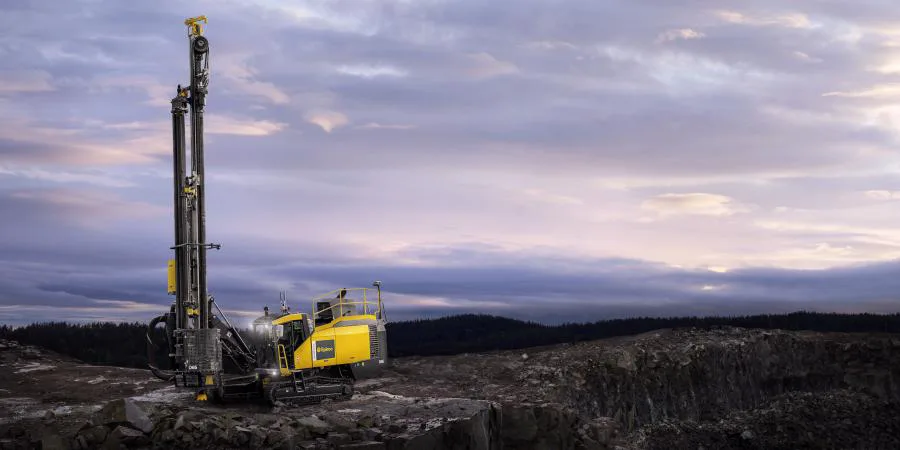
Engineering Considerations for Selection
When choosing a DTH hammer for a project, engineers must account for:
- Compressor capacity (air pressure & volume flow).
- Hole size requirement (typically 3”–48”).
- Geological conditions (hardness, abrasiveness, fractures).
- Bit design (flat, concave, convex, ballistic buttons).
- Operational costs (bit life, fuel consumption, compressor size).
Future Trends in DTH Technology
The DTH hammer industry is moving toward:
- Water-driven hammers (eco-friendly, dust-free, and quieter).
- Hybrid hammers combining rotary and percussion modes.
- Smart drilling systems with sensors for real-time performance monitoring.
- Advanced materials for wear resistance and longer bit life.
- Low-carbon designs that reduce compressor fuel consumption.
Conclusion
A down-the-hole hammer is one of the most effective drilling technologies in hard rock and deep-hole applications. By placing the percussion mechanism directly behind the bit, it maximizes impact energy, improves hole straightness, and enables deeper drilling.
While challenges such as compressor requirements and bit wear remain, innovations like water-driven hammers and smart drilling technology continue to expand their potential.
For engineers and drillers, understanding how a DTH hammer works is key to optimizing drilling operations, reducing costs, and ensuring safe, efficient performance.
Welcome to choose Ame Drill Rock Drilling Tools, Drilling Consumables Manufacturer.
